Forged by China’s bold ambition, this machine drives forward with modern power, ancient spirit, and unstoppable technological strength.
You can tell a car has rattled the establishment when every German product planner suddenly looks like someone has swapped their morning espresso for tap water. That was the global reaction the minute Lei Jun—normally associated with phones that cost less than a bad haircut—walked onto a stage and declared, with spectacular calmness, that Xiaomi was building a Porsche-level electric sedan. It sounded like the sort of bold, slightly delusional promise tech CEOs make after too many corporate dinners. And then the SU7 arrived… and it wasn’t delusional at all.

To understand why the thing matters, you have to look at who built it. Xiaomi didn’t throw this car together with a few interns and a box of cables. They poached engineers from BMW’s i-division, aerodynamicists who had previously sculpted carbon-tub rockets, and software architects who could probably reprogram your dishwasher to drive itself. They brought in Li Tianyuan, a veteran chassis engineer who had worked on projects that cost more per bolt than entire mass-market cars.

They sat these people down and essentially said: “Let’s build an EV that embarrasses anything priced three times higher.”
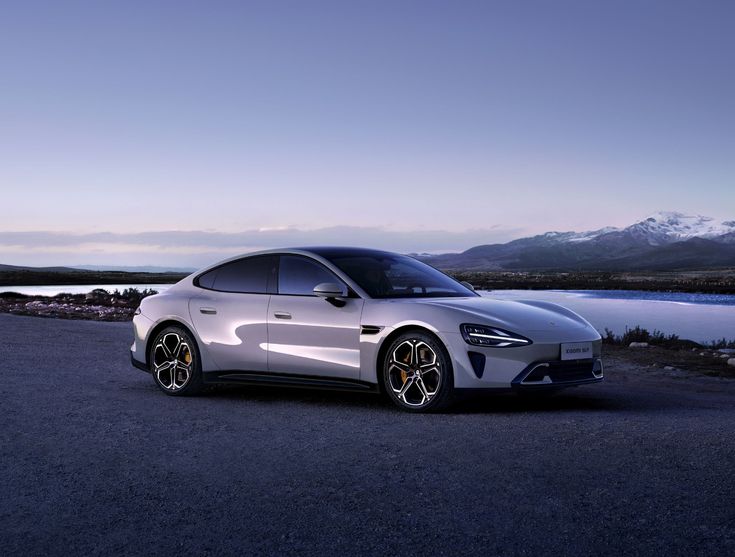
And the engineers, bless them, took it literally.
The SU7’s design looks like someone took a Taycan, sent it to a spa in Hainan, and told it to relax. It’s slippery, low, and sculpted with the kind of aerodynamic obsessiveness usually reserved for Olympic cyclists and NASA re-entry vehicles. The drag coefficient? 0.195. That’s the kind of number that makes other car companies accuse you of witchcraft. The exterior designer, Li Wei, once said the inspiration came from “modern minimalism and airflow purity,” which is a polite way of saying: We shaved off everything that created drag until the marketing team begged us to stop.
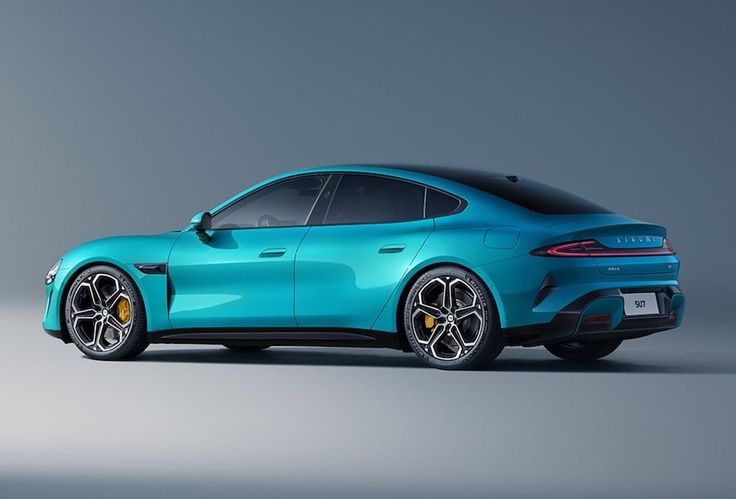
Underneath, the obsession continues. The SU7 rides on Xiaomi’s self-developed Modena platform, which sounds like a pasta dish but is actually a seriously rigid, seriously clever EV architecture. The chassis team adopted a dual-chamber air suspension, the kind normally fitted to large, expensive German barges that are best experienced with someone named Klaus driving you to the airport. In the SU7, though, it’s used to make a tech company’s first car ride like a luxury flagship while still cornering like a caffeinated panther.

And then you get to the battery. Xiaomi borrowed from CATL’s extremely forbidden-looking technology, squeezing in a pack so dense with electrons it’s practically humming. The range is long enough that you could drive from Shanghai to Nanjing, argue with your passengers about where to eat, drive back, and still have enough charge to sit smugly in your parking lot.
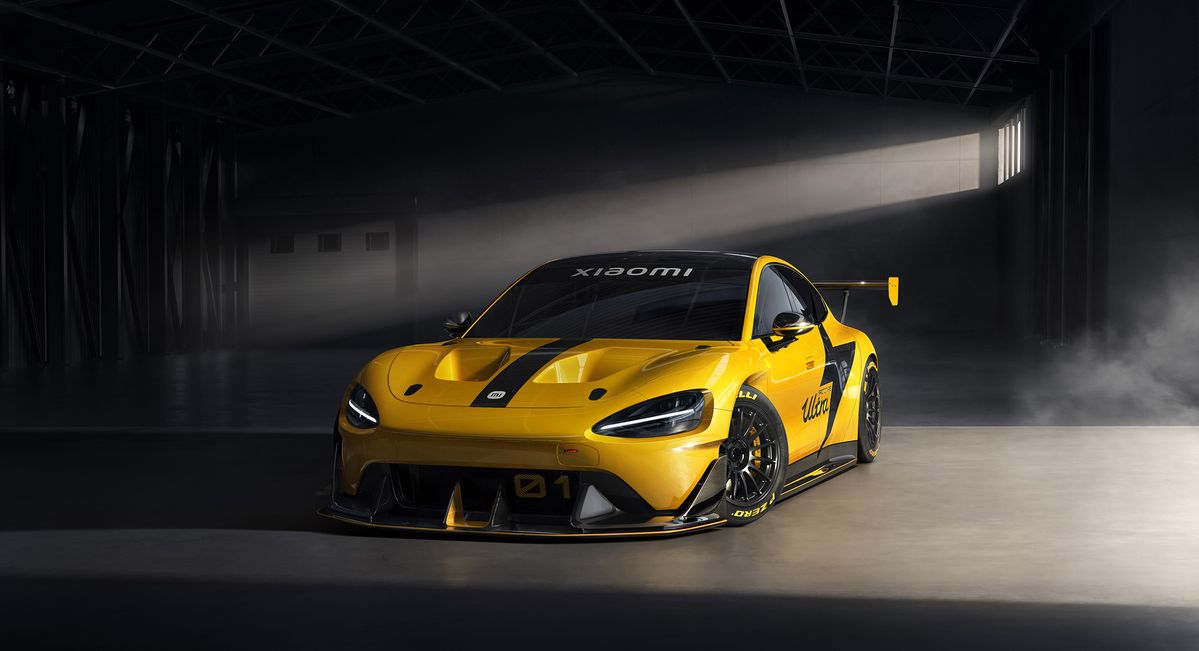
But perhaps the most remarkable bit isn’t the hardware. It’s the software—because Xiaomi is, at its core, a software company that has always treated hardware like the accessory. The HyperOS interface feels less like a car system and more like your phone has suddenly grown wheels. Transitions are butter smooth. Menus don’t freeze. Buttons register when you touch them rather than when you tap the dashboard in frustration. The car even talks to your Xiaomi Smart Home ecosystem. You can open your curtains from the driver’s seat, which sounds unnecessary until you use it once and wonder how anyone lives without it.

The driver assistance system—Xiaomi Pilot—is the sort of thing that makes older car companies sweat through their suits. Xiaomi recruited veteran perception engineers who spent years teaching silicon brains how to understand the world. The result is lane keeping so stable it feels like the car is tracing lines drawn by an architect. The SU7 reads traffic situations with unnerving calmness, and when the system brakes, you don’t feel like you’re about to be catapulted into another dimension.
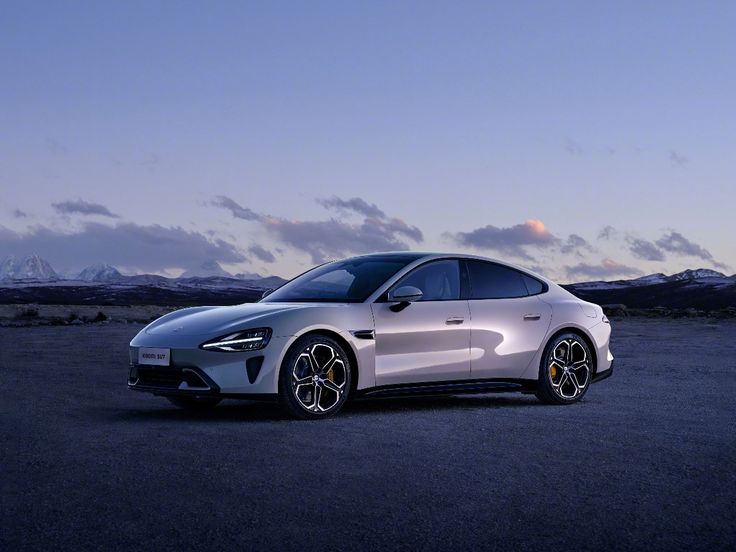
And then… there’s performance. Because, of course, someone in the engineering department wanted to make sure the SU7 could embarrass German executives at traffic lights. The dual-motor Max version hits 100 km/h in under three seconds. That’s supercar territory. That’s the sort of acceleration that makes passengers question their life choices, reconsider their breakfast, and cling to the door handle in anticipation of enlightenment.

But the truly intriguing part? The SU7 isn’t just fast or clever—it’s symbolic. It represents China’s large, confident step into a world long dominated by companies with centuries of heritage. It’s Xiaomi’s statement that a tech brand can build a car not as a novelty, not as an experiment, but as a fully grown, terrifyingly competent machine capable of going toe-to-toe with Stuttgart and winning.
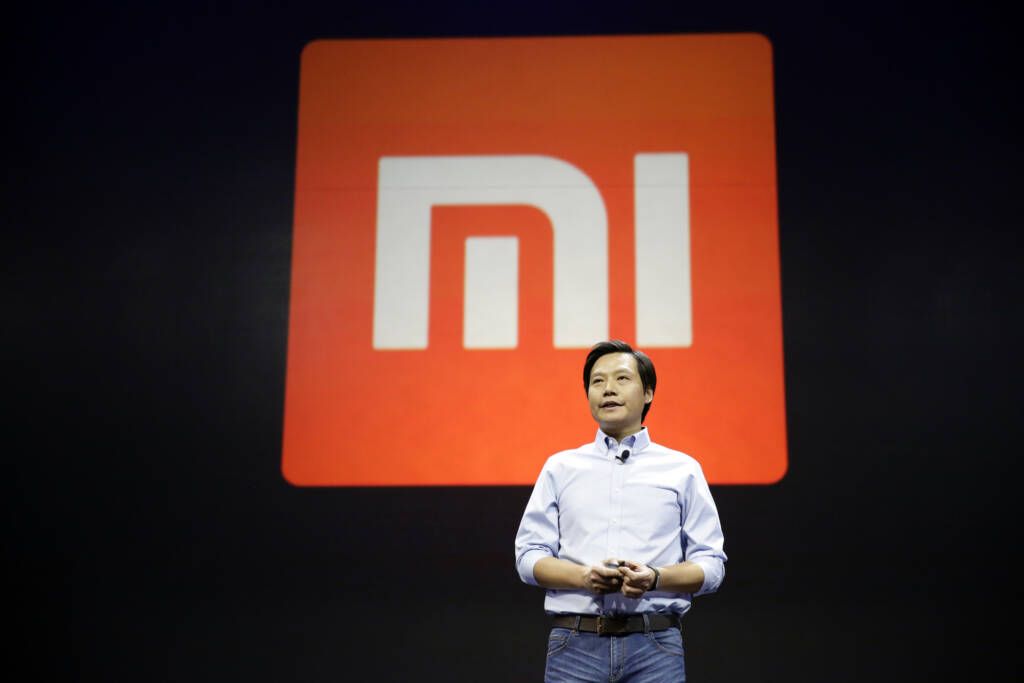
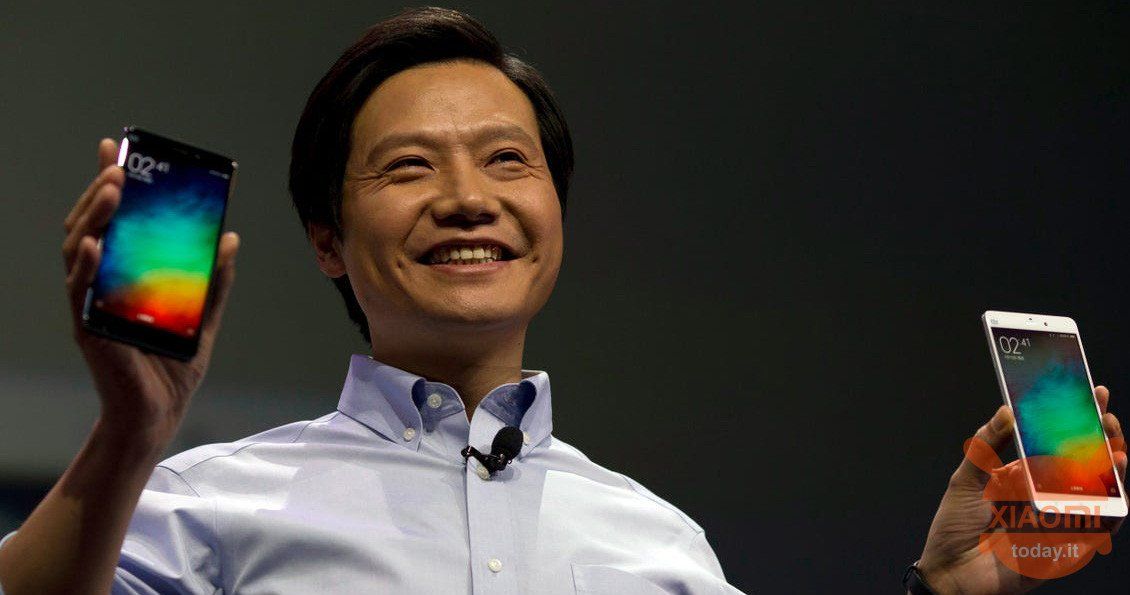
Collectors will circle back to this car someday. They’ll talk about how this was the inflection point—the moment a tech company launched its first EV and everyone realized the industry had changed forever. They’ll remember the looks on the faces of traditional automakers when they first drove it and muttered, quietly, desperately: “Oh no.”

The Xiaomi SU7 is not perfect. But it is historic. It is the product of ambition, engineering arrogance, and a nearly reckless belief that you can reinvent cars the way you reinvent smartphones. And somehow… they pulled it off.
-